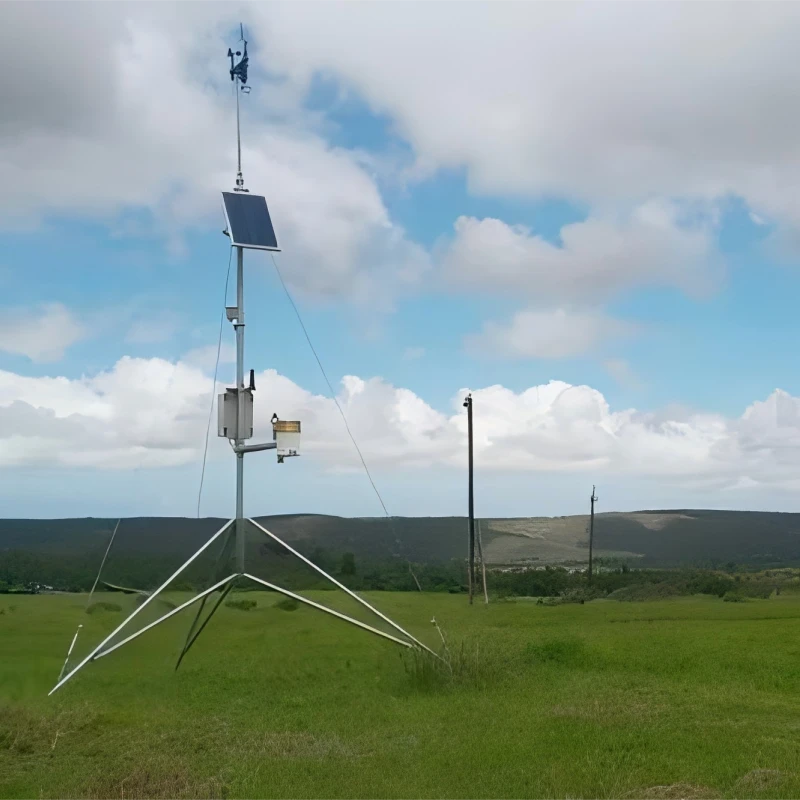Weather Measuring Instruments: Essential Tools for Accurate Forecasting

# Weather Measuring Instruments: Essential Tools for Accurate Forecasting
Weather forecasting has come a long way from relying solely on observations of the sky and wind patterns. Today, meteorologists use a variety of sophisticated weather measuring instruments to gather precise data, enabling accurate predictions and timely warnings. These tools are essential for understanding atmospheric conditions and ensuring public safety. Let’s explore some of the most important instruments used in weather measurement.
## Thermometer: Measuring Temperature
The thermometer is one of the most fundamental weather measuring instruments. It measures air temperature, which is crucial for understanding daily weather patterns and long-term climate trends. Modern thermometers use digital sensors for high accuracy, while traditional mercury or alcohol thermometers are still widely used in some applications.
## Barometer: Tracking Atmospheric Pressure
A barometer measures atmospheric pressure, which is a key indicator of weather changes. Falling pressure often signals an approaching storm, while rising pressure indicates fair weather. Barometers come in various types, including mercury, aneroid, and digital models, each suited for different applications.
## Anemometer: Gauging Wind Speed
Wind speed is a critical factor in weather forecasting, and the anemometer is the go-to instrument for measuring it. Cup anemometers, vane anemometers, and ultrasonic anemometers are commonly used to provide accurate wind speed data. This information is vital for predicting storms, planning aviation routes, and assessing wind energy potential.
## Hygrometer: Measuring Humidity
Humidity levels significantly impact weather conditions and human comfort. Hygrometers measure the amount of moisture in the air, helping meteorologists predict fog, rain, or drought. Modern hygrometers use capacitive or resistive sensors to provide precise humidity readings.
## Rain Gauge: Monitoring Precipitation
Precipitation is a key component of weather systems, and rain gauges are used to measure the amount of rainfall over a specific period. These instruments come in various designs, including tipping bucket, weighing, and optical rain gauges. Accurate precipitation data is essential for flood forecasting and water resource management.
## Weather Balloons: Exploring the Upper Atmosphere
Weather balloons carry instruments called radiosondes into the upper atmosphere to collect data on temperature, humidity, pressure, and wind speed at various altitudes. This information is critical for creating accurate weather models and understanding atmospheric dynamics.
## Satellite Imagery: A Global Perspective
Weather satellites provide a comprehensive view of Earth’s weather systems from space. They capture images and data on cloud cover, storm development, and temperature gradients, enabling meteorologists to monitor weather patterns on a global scale. Satellite data is indispensable for tracking hurricanes, typhoons, and other large-scale weather events.
## Conclusion
Weather measuring instruments are the backbone of modern meteorology. From thermometers and barometers to satellites and weather balloons, these tools provide the data needed for accurate forecasting and timely warnings. As technology advances, these instruments continue to evolve, offering even greater precision and reliability. By understanding and utilizing these essential tools, we can better prepare for the ever-changing weather and its impacts on our lives.
Keyword: weather measuring instruments
